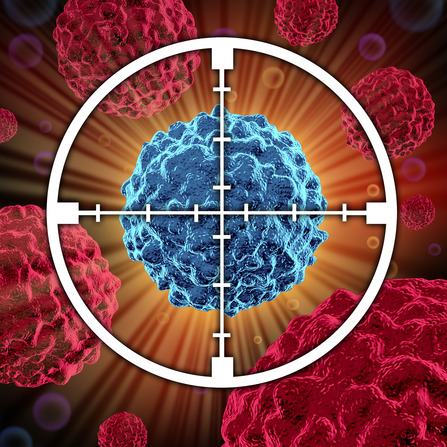Driver mutations are somatically acquired changes in the DNA of cancer cells which are driving the development of cancer. Identifying driver mutations is not an easy task, but it is necessary to better understand cancer biology and to design new potential treatments.
There are some strategies which have been used so far to identify driver mutations. The first one is based on allele frequency, i.e.: the higher the mutation frequency across different samples of the same tumor, the higher the probability that that is a driver mutation. In fact, if a mutation confers growth advantage to cancer cells, this will be perpetuated in the clonal proliferation and therefore will be present in all cells of the cancer. However, it should be mentioned that some driver mutations can be rare mutations (precision oncology is just based just on this: identifying rare driver mutations alongside with more common driver mutations).
Another strategy is to look first at known cancer genes, where driver mutations are more likely to arise, whereas passenger mutations (i.e. mutations with no particular effect on cancer development) are usually randomly distributed in the rest of the genome.
Actually, any putative driver mutation should be finally proved to be a real driver mutation by functional assays in vitro, which can demonstrate the power of that mutation on cell growth, cell dedifferentiation, etc.
Whole-Genome-Sequencing (WGS) and Whole-Exome-Sequencing (WES) are the main techniques used in identifying driver mutations. WES is probably the most widespread because of its reduced costs and reduced amount of data to be elaborated in comparison to WGS.
The detection of somatic mutation in cancer is also the aim of some collaborative projects like The Cancer Genome Atlas (TCGA) and the International Cancer Genome Consortium (ICGC).
Related subjects:
Related subjects:

